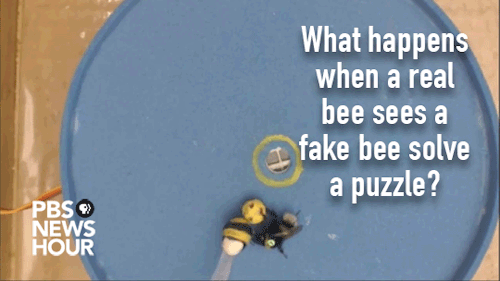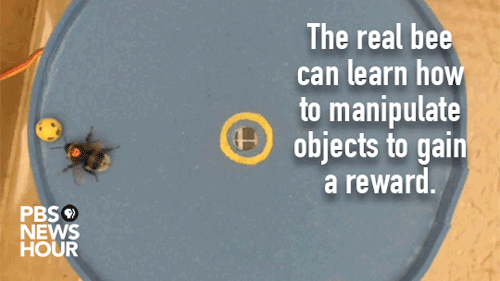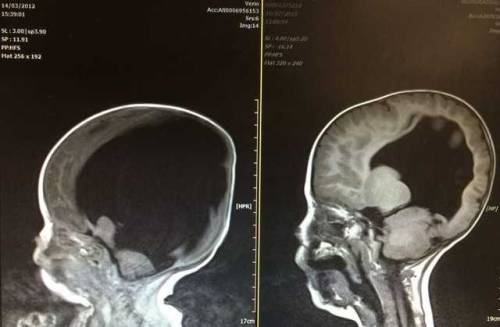Physics Is An Eternal Chaos. You Have To Adapt To This Condition And Like It Or You Become Mathematician.
Physics is an eternal chaos. You have to adapt to this condition and like it or you become mathematician.
Theoretical Physicist (via scienceprofessorquotes)
More Posts from Theperpetualscholar and Others





Endorphins
You’ve probably heard of endorphins by now as those chemicals that cause the euphoric rush during exercise. They are our body’s natural painkillers and lead to positive feelings similar to that produced by morphine!
More posts like this about the human brain and behavior on @tobeagenius, Youtube and Instagram!

do I dare to tag toes and feet on tumblr dot com y/n?
More on birds since y’all seem to be really into birds. Transcript under the cut.
Keep reading
A Few Helpful Videos
Step 1 and Done.
I don’t understand how some people can straight read First Aid and retain. Here are a few videos I found to be very helpful for understanding and memorizing concepts. With the plethora of YouTube videos out there, I feel like there should be a database of worthwhile ones somewhere (please tell me if there is already). Feel free to add any you’ve found particularly helpful.
Anatomy
Brachial Plexus Speed Drawing
Brachial Plexus Explained
General Anatomy Overview Channel
Anatomy Figure Drawings - Helps visualize muscle actions
Biostats
Watch these a couple of days before your exam for a refresher. Many of his review questions are based directly off of UWorld questions.
Practice Questions
Cardio
General Cardio Overview
JVP explained with relevant path correlations
S3/S4 - the simplest of explanations (the accent does’t hurt)
Antiarrhythmics - follow up with SketchyPharm
Antiarrhythmics - Refractory Period Explained
Embryology
This cardio video is amazing. He explains the cardio congenital defects in context of what causes each defect during development. This makes recall much easier as you’re learning the process and can work out each one even if you forget the small details. (make sure to watch both parts)
Heart Embryo Derivatives - mnemonic
Intestine Development - Overview
GI Development - Foregut, Midgut, Hindgut Orientation
Embryonic Folding
Pharyngeal Arch Mnemonic (die)
Microbiology
Algorithm/mnemonic for viruses. Pure gold.
YouTube Channels of Interest
Armando Hasudungan
Anatomy Zone
Dr. Najeeb (my hero)

Structural differences between DNA and RNA. DNA, or deoxyribonucleic acid, is like a blueprint of biological guidelines that a living organism must follow to exist and remain functional. RNA, or ribonucleic acid, helps carry out this blueprint’s guidelines. Of the two, RNA is more versatile than DNA, capable of performing numerous, diverse tasks in an organism, but DNA is more stable and holds more complex information for longer periods of time.


What does it take to teach a bee to use tools? A little time, a good teacher and an enticing incentive. Read more here: http://to.pbs.org/2mpRUAz
Credit: O.J. Loukola et al., Science (2017)

The Boy Who Grew a Brain
Noah Wall was born with only 2% of a brain (left), spina bifida and severe hydrocephalus. Doctors predicted that even if he survived, he would suffer severe mental disability and have limited mobility for the rest of his life.
After surviving his birth, Noah only improved with time. His parents worked with him to learn and grow to live as normal a life as possible, and doctors were stunned with the progress he was making. After 3 years, Noah was scanned again and the results showed his brain had grown to over 80% the size of a normal, healthy brain (right). Noah continues to live a happy life and progress even more, and his unusual case sheds light on the incredible capabilities of the human body and brain.
For anyone interested in learning more about this case, there is a great documentary made by Channel 5 (UK) in the Extraordinary People series about Noah (The Boy With No Brain). For those of you outside the UK the doc is also available on Youtube.
The First Newspaper
This one goes to the Romans! They had “Acta Diurna” (Daily Events) which was a handwritten news report, posted in multiple public places for the public to read. It first appeared in 131 BCE during the Republic. Although initially only the outcomes of trials, the Acta Diurna eventually expanded to public notices and announcements like important births or senatorial decrees.

“Study of the human brain is, in fact, much less like exploring a series of corridors, and much more like observing a planet from high orbit; with intense magnification, you can barely see the inhabitants, observe their behavior, where they go, which routes they take, but you don’t know who they are, what they do when they get there, or why they do it.”
-
 koushirouizumi reblogged this · 4 months ago
koushirouizumi reblogged this · 4 months ago -
 albertcamuesli reblogged this · 2 years ago
albertcamuesli reblogged this · 2 years ago -
 day-knight reblogged this · 4 years ago
day-knight reblogged this · 4 years ago -
 day-knight reblogged this · 4 years ago
day-knight reblogged this · 4 years ago -
 day-knight liked this · 4 years ago
day-knight liked this · 4 years ago -
 exhausted-physicist liked this · 4 years ago
exhausted-physicist liked this · 4 years ago -
 gytrash liked this · 4 years ago
gytrash liked this · 4 years ago -
 lifeonvenusthoughts reblogged this · 4 years ago
lifeonvenusthoughts reblogged this · 4 years ago -
 ifoundmytardis liked this · 4 years ago
ifoundmytardis liked this · 4 years ago -
 theorions-belt liked this · 4 years ago
theorions-belt liked this · 4 years ago -
 amelmajrii liked this · 5 years ago
amelmajrii liked this · 5 years ago -
 theboythatwaskilled liked this · 5 years ago
theboythatwaskilled liked this · 5 years ago -
 arlette5ortiz liked this · 5 years ago
arlette5ortiz liked this · 5 years ago -
 cipherinstars liked this · 5 years ago
cipherinstars liked this · 5 years ago -
 nikkita1812 liked this · 5 years ago
nikkita1812 liked this · 5 years ago -
 dulcamara-words liked this · 5 years ago
dulcamara-words liked this · 5 years ago -
 valyrfia liked this · 5 years ago
valyrfia liked this · 5 years ago -
 luminos-oh liked this · 5 years ago
luminos-oh liked this · 5 years ago -
 celestialwhitenoises reblogged this · 5 years ago
celestialwhitenoises reblogged this · 5 years ago -
 mariaagnesi-fangirl-blog reblogged this · 5 years ago
mariaagnesi-fangirl-blog reblogged this · 5 years ago -
 shmab44 liked this · 5 years ago
shmab44 liked this · 5 years ago -
 jianslowe liked this · 5 years ago
jianslowe liked this · 5 years ago -
 amalianikolwta liked this · 5 years ago
amalianikolwta liked this · 5 years ago -
 honeysforskog liked this · 5 years ago
honeysforskog liked this · 5 years ago -
 defenestried liked this · 5 years ago
defenestried liked this · 5 years ago -
 ospitfireo liked this · 5 years ago
ospitfireo liked this · 5 years ago -
 to-worlds-more-beautiful liked this · 6 years ago
to-worlds-more-beautiful liked this · 6 years ago -
 tragidyke liked this · 6 years ago
tragidyke liked this · 6 years ago -
 jadeblackwellsblog reblogged this · 6 years ago
jadeblackwellsblog reblogged this · 6 years ago -
 fvkkblood liked this · 6 years ago
fvkkblood liked this · 6 years ago -
 at0ms8 liked this · 6 years ago
at0ms8 liked this · 6 years ago -
 annnatar reblogged this · 6 years ago
annnatar reblogged this · 6 years ago -
 annnatar liked this · 6 years ago
annnatar liked this · 6 years ago -
 bpdalcoholandlove-blog liked this · 6 years ago
bpdalcoholandlove-blog liked this · 6 years ago -
 ngc1052 reblogged this · 6 years ago
ngc1052 reblogged this · 6 years ago -
 ngc1052 liked this · 6 years ago
ngc1052 liked this · 6 years ago -
 mathfreakmustaine liked this · 6 years ago
mathfreakmustaine liked this · 6 years ago